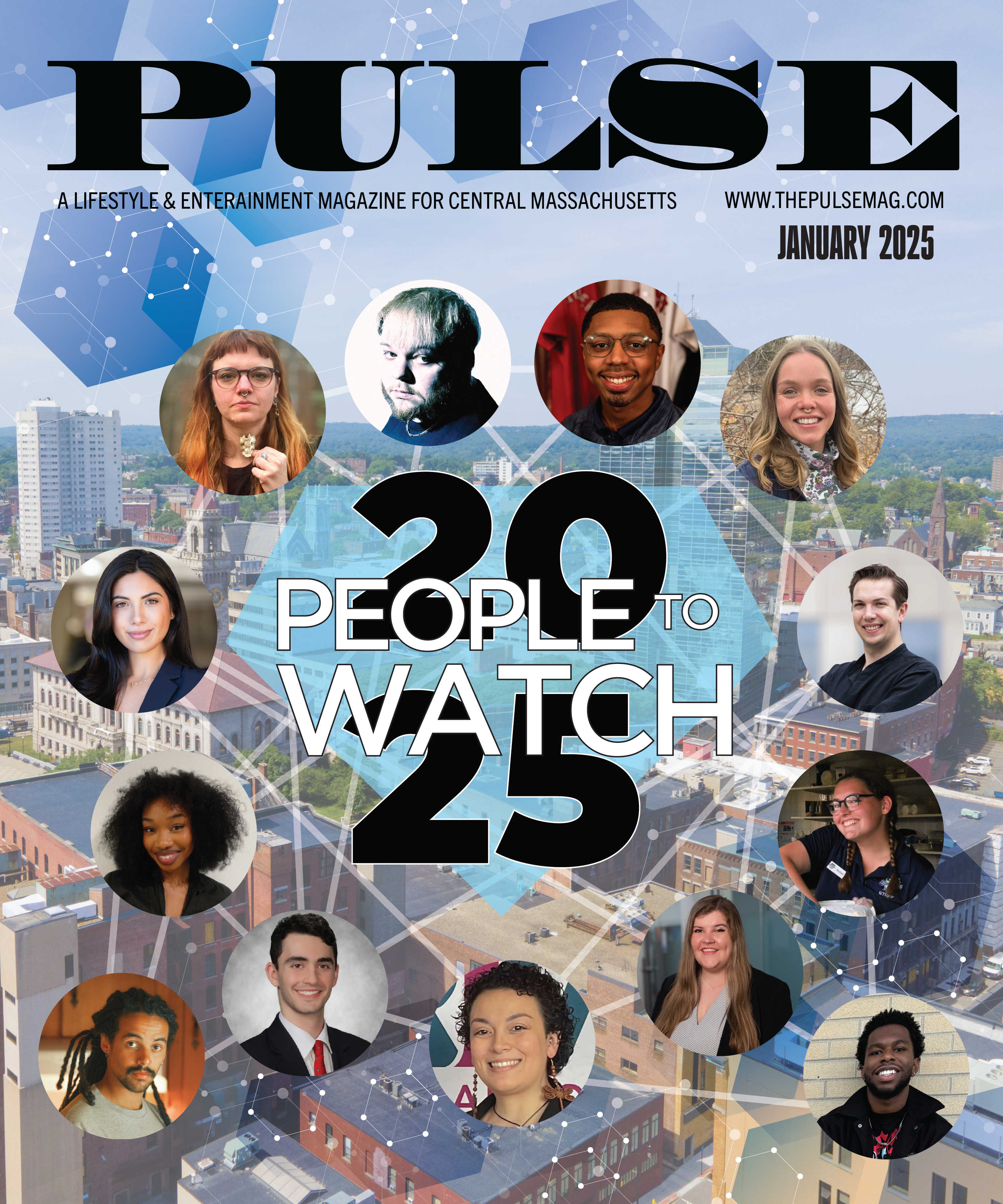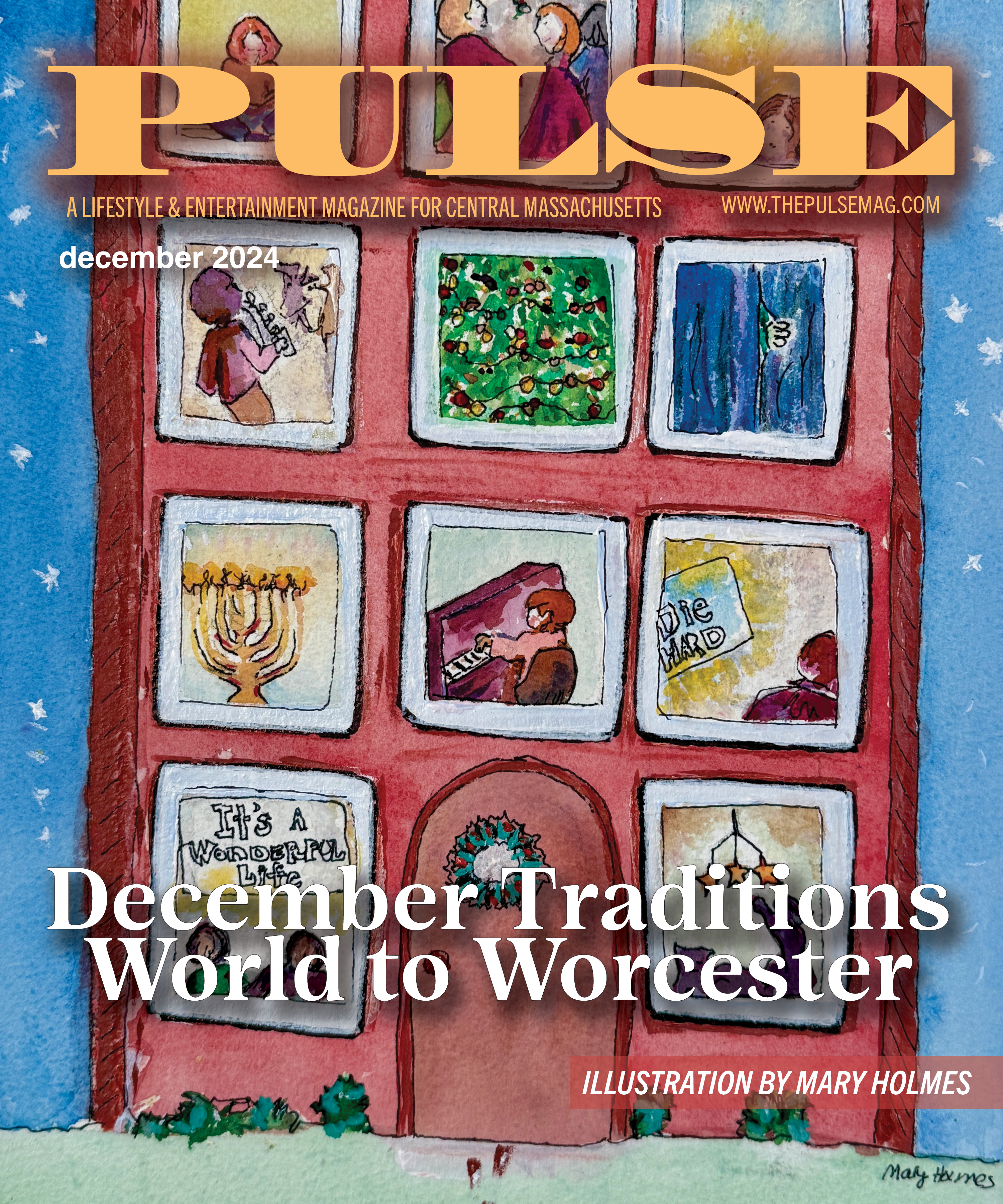
On Nov. 8, millions of Americans will vote to elect the next president of the United States. Pulling levers and marking ballots for their favored candidates, voters from all walks of life will participate in an evolving legacy of citizenship that stretches back to the country’s very beginnings. Coinciding with this important election – and a year that has roiled and challenged ideas of citizenship across the country – the Worcester Art Museum opens Picket Fence to Picket Line: Visions of American Citizenship, an exhibition that illustrates the dynamic evolution of American democracy and citizenship from the 1700s to the present day.
Through photographs, prints, paintings and other works of art taken from the museum’s collections, Picket Fence to Picket Line invites the public to explore the idea of American citizenship as it is linked to domestic and public spaces, including schools, streets, homes and parks. This includes the Worcester Art Museum, which has also served as a City of Worcester polling site since 2014. The exhibition is on view Oct. 15- Feb. 5.
“Citizenship,” said Jon L. Seydl, WAM’s director of curatorial affairs and curator of European art, “is under vigorous scrutiny at this time. With Worcester a proud gateway city, home to immigrants from around the world, what it means to be a citizen is a topic close to our hearts and those of our neighbors – both new and old. By providing an historic and artistic context in Picket Fence to Picket Line, we are adding our voice to the discussions taking place right now here and across the country.”
Picket Fence to Picket Line tracks the dramatic narrative of American citizenship and its relationship with place. The arc of the exhibition starts at the inception of the United States, when only land ownership conferred the privilege of voting – and even then, only to white, Protestant men. The story is one of tumult, change and, also, accomplishment and satisfaction. A 1965 photograph by James Karales shows a cohesive and resolute group marching from Selma to Montgomery, Ala. A 1936 photograph by Walker Evans captures a residential panorama in Easton, Penn. In the foreground is a house bounded by a picket fence with a car in the driveway – a telling indication of America’s enduring embrace of “The American Dream.” Also included are an etching of the New York Public Library by Childe Hassam, a screen print of a civil rights demonstration by Andy Warhol, and a series of ceramic plates from the 1800s showing a more orderly facet of America – town greens, churches and government buildings.
In addition, a provocative new multimedia installation, The Beauty of Tyranny, by the Seoul-based art group Young-Hae Chang Heavy Industries brings the idea of citizenship firmly into the present moment. Commissioned by the Worcester Art Museum for Picket Fence to Picket Line and organized by Assistant Curator of Asian Art Vivian Li, this compelling digital artwork features the artists’ critical reflection on art’s relationship with the meaning of citizenship and democracy. Made in response to Alfred Stieglitz’s 1907 photogravure, The Steerage, which has become synonymous with the immigrant experience, The Beauty of Tyranny will be exhibited with that work in the Museum’s Morgan Gallery from Oct. 1-Dec. 31.
Overall, 65 works are included in the exhibition. Many images evoke powerful emotional responses. Glimpses of both hardship and aspiration are evident, for example, in photographs of tenement dwellers living and working in cramped spaces. Prints stemming from the Occupy Wall Street movement are a reminder of how public spaces enable and, at times, inspire defiant civil actions. And photos like Jacob August Riis’s First Patriotic Election in the Beach Street Industrial School, invite viewers to witness the somber and proud importance of voting to young immigrants.
According to Lauren Szumita, the Museum’s print room assistant and the exhibition’s co-curator, WAM’s role as a Worcester polling site was the inspiration behind the exhibition. “Thinking of the museum as a community hub and a place where people vote led us to the idea of space as it relates to our notions of citizenship,” she said. She and co-curator Justin Brown, the Luce Curatorial Assistant in American Art, explored the museum’s collection for works of art that elaborate on these meaningful themes.
“We chose a wide variety of images that speak to American history. There’s a range of media and time periods,” Szumita said. Included is a large selection of images of residential spaces. “What do people think about when they go home?” asked Szumita. “The ideal of the white picket fence – that ultimate reward – was once linked to voting, because early voting laws required land ownership.”
“Citizenship,” Brown said, “is something that is being contested now. One of the interesting ideas we explore in this exhibition is how citizenship – and our perspectives on it – have changed through American history. As we know, this could possibly be one of the most memorable political years in our history – and the museum has an opportunity to educate and inform, based on the many historical, relevant works in our collection.”
One work in the exhibition, Jacob Lawrence’s colorful screenprint, The 1920s…The Migrants Cast Their Ballots, will be the topic of the Museum’s Master Series Third Thursday lecture on Thursday, Oct. 20 at 6 pm. Valerie J. Mercer, curator of the General Motors Center for African American Art at the Detroit Institute of Arts, will discuss this work and its significance to the exhibition and to Lawrence’s career. The art talk will be followed by music, light refreshments and conversation in the Renaissance Court, hosted by the Museum’s Members Council.
The Worcester Art Museum, located at 55 Salisbury St. in Worcester, is open Wednesday through Friday and Sunday from 11 a.m.-5 p.m.; Saturday from 10 a.m.-5 p.m.; and every third Thursday from 11 a.m.-8 p.m. Admission is $14 for adults, $6 for children 4-17, $12 for seniors 65 and older, and $12 for college students with ID. Members and children younger than 4 are free. Parking is free. For more information, visit worcesterart.org.
Photo: Jacob August Riis, First Patriotic Election in the Beach Street Industrial School, about 1888, gelatin silver print, Stoddard Acquisition Fund, 2003.46






